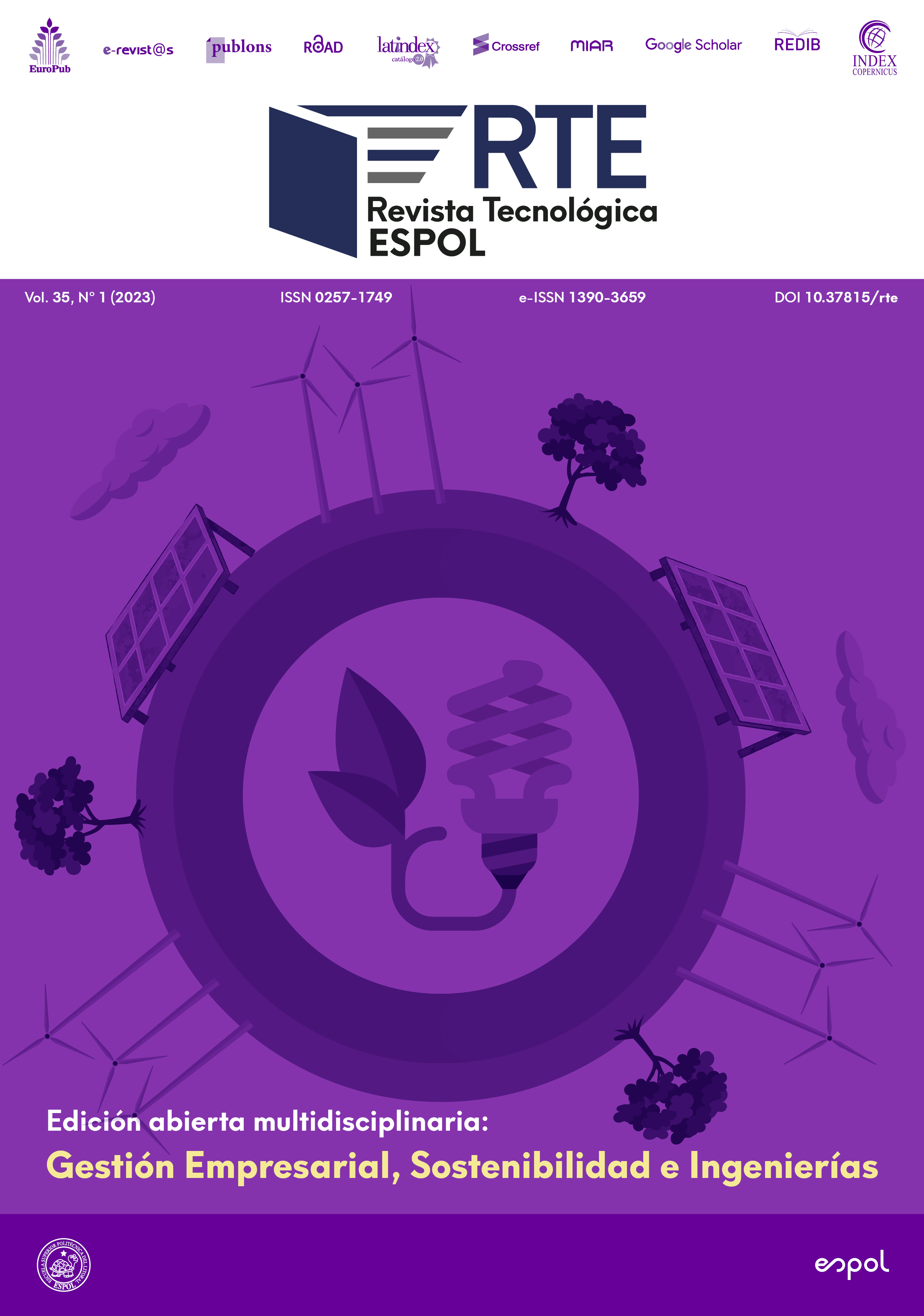The Ecuadorian flower sector is a private sector dedicated to the agricultural production and export of flowers to international markets, such as the United States of America, the European Union, the Russian Federation, and Canada. This sector has been increasing its export levels during the last years, contributing significantly to the country’s economic growth; however, despite being a pillar for the economy of Ecuador, its financial processes are not executed in a way that allows profitability to improve. For this reason, this research focuses on a case study of an Ecuadorian floriculture company in Quito, named “Rosas del Alamo Rosalamo Cía. Ltda.” during 2019 and 2020. An evaluation of the financial situation was carried out, using the horizontal and vertical analysis of the financial statements with the application of ratios and financial calculations, the analysis of the structure and cost of capital, and the working capital needs of the company. With all the information collected, a financial restructuring proposal was prepared, which allowed the floriculture company to know the benefits of acquiring land and expanding the greenhouse infrastructure. This situation is relevant since the land used is currently given as a loan, which incurs leasing expenses. The new capital structure includes long-term debt, representing an acceptable and moderate risk that will allow investing in a 5-hectare plot of land of its own that will accommodate 22 buildings per hectare and increase the installed capacity and production volume. As a result, profitability will be improved.

This work is licensed under a Creative Commons Attribution-NonCommercial 4.0 International License.
References
Agrocalidad. (2021). Informe Técnico de Exportación de Ornamentales.
Alia, A., & Imdadul Haque, M. (2014). Ratio Analysis: A Comparative Study of National Petrochemicals Co. and Sahara Petrochemicals Co. of Saudi Arabia. International Journal of Management Academy, 2(4), 53-61.
Arboleda Jaramllo, C. A., & Arias Vargas, F. X. (2020). Investigación en Administración, Negocios y Contaduría Frente a los Retos de Hoy. Medellin: Corporación Universitaria Americana.
Babalola, Y., & Abiola, F. (2013). Financial Ratio Analysis of Firms: A Tool for Decision Making. International Journal of Management Sciences, 1(4), 132-137.
Baca Urbina, G. (2010). Evaluación de Proyectos. México: Mc Graw Hill.
Bonsón, E., Cortijo, V., & Flores, F. (2009). Análisis de Estados FInancieros. España: Pearson Educación S. A.
Caballero Romero, A. E. (2011). Metodología integral innovadora para planes de tesis (Primera ed.). Lima: Empresa Editora El Comercio S.A.
Carrasco Días, S. (2013). Metodología de la investigación científica (Sexta ed.). Lima: Editorial San Marcos E.I.R.L.
Cevallos-Ponce, Á. A. (2019). Evaluación financiera de proyectos de inversión para la PYMES. Dominio de las Ciencias, 5(3), 375-390. Obtenido de file:///C:/Users/Usuario/Downloads/Dialnet-EvaluacionFinancieraDeProyectosDeInversionParaLaPY-7154274%20(1).pdf
Fraile, G., Preve, L., & Sarria Allende, V. (2013). Las finanzas en la empresa. Buenos Aires: Temas Grupo Editorial.
Garcia Santillán, A. (2010). Administración FInanciera I. México.
Gutierrez Carmona, J., & Gutierrez González, D. F. (2018). Planeación Financiera y Gestión del Valor. Bogotá: Ecoe Ediciones.
Hernández Sampieri, R., Fernández Collado, C., & Baptista Lucio, P. (2014). Metodología de la Investigación (Sexta ed.). México D.F.: McGRAW-HILL / INTERAMERICANA EDITORES, S.A. DE C.V.
López Domínguez, I. (2014). Gestión de Tesorería. Cash Managment. MAdrid: Fundación Confemental.
Meza Orozco, J. d. (2013). Evaluación Financiera de Proyectos. Ecoe Ediciones.
Modigliani, F., & Miller, M. H. (1958). The Cost of Capital, Corporation Finance and the Theory of Investment. The American Economic Review, 48(3), 261–297. Obtenido de http://www.jstor.org/stable/1809766
Mondragón-Hernández, S. A., & Lozano, T. (2011). Marco conceptual de las teorías de la irrelevancia, del trade-off y de la jerarquía de las preferencias. Cuadernos de Contabilidad, 12(30), 165–178. Obtenido de http://www.scielo.org.co/pdf/cuco/v12n30/v12n30a07.pdf
Nava Rosillón, M. A. (2009). Análisis financiero: una herramienta clave para una gestión financiera eficiente. Revista Venezolana de Gerencia, 606 -628. Obtenido de https://www.redalyc.org/articulo.oa?id=29012059009
Ñaupas Paitán, H., Mejía Mejía, E., Novoa Ramírez, E., Paucar, V., & Alberto. (2013). Metodología de la investigación científica y elaboración de tesis (Tercera ed.). Lima: Centro de Producción, Editorial e Imprenta.
Pérez - Carvallo Veiga, J. F. (2015). La Gestión Fiananciera de la Empresa. Madrid: Esic Editorial.
Pino Gotuzzo, R. (2013). Metodología de la investigación (Segunda ed.). Lima: Editorial San Marcos E.I.R.L.
Rizzo, M. M. (2007). El capital de trabajo neto y el valor de las empresas. La importancia de la recomposición del capital de trabajo neto en las empresas que atraviesan o han atravesado crísi financiera. Revista Escuela de Administración de Negocios (61), 103 - 121.
Yongjian, K., Xinping, L., & Shouqing, W. (2008). Equitable Financial Evaluation Method for Public-Private. Tsinghua Science and Technology, 13(5), 702-707.








